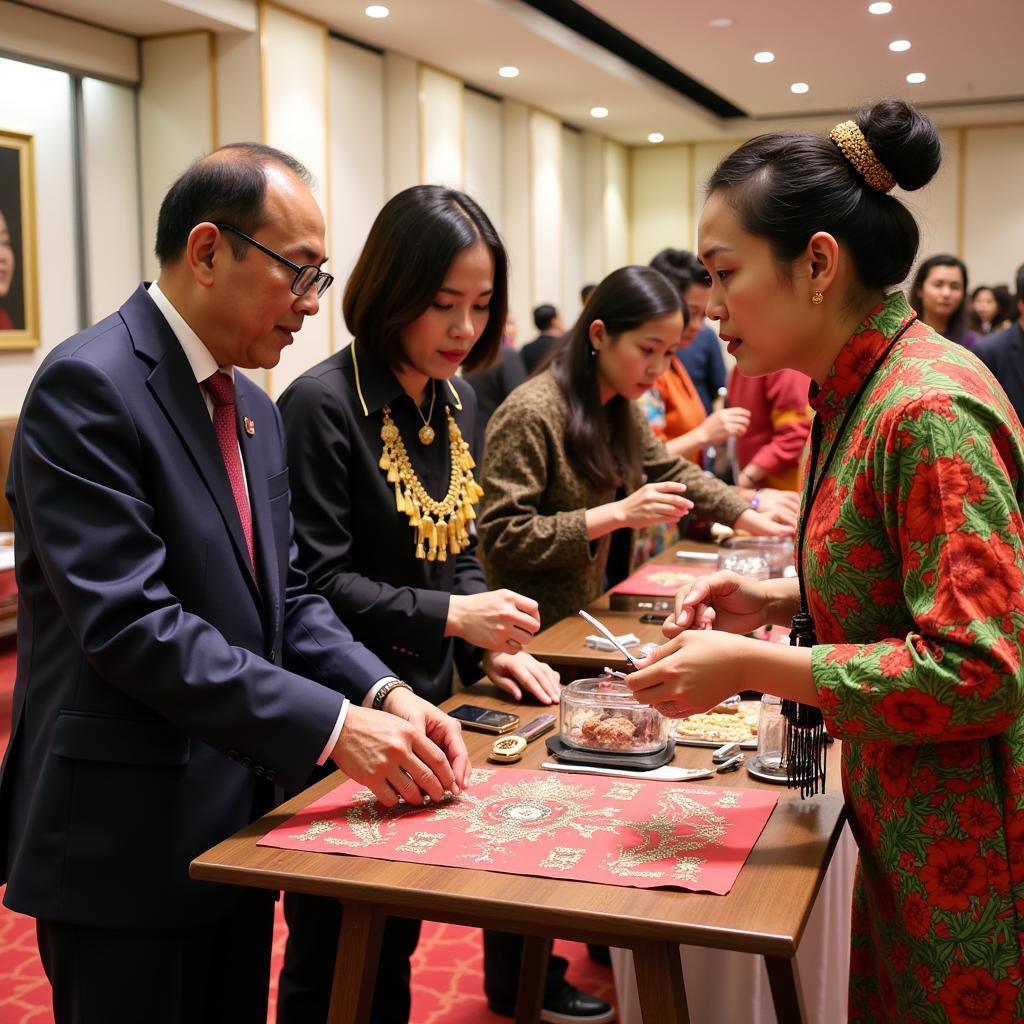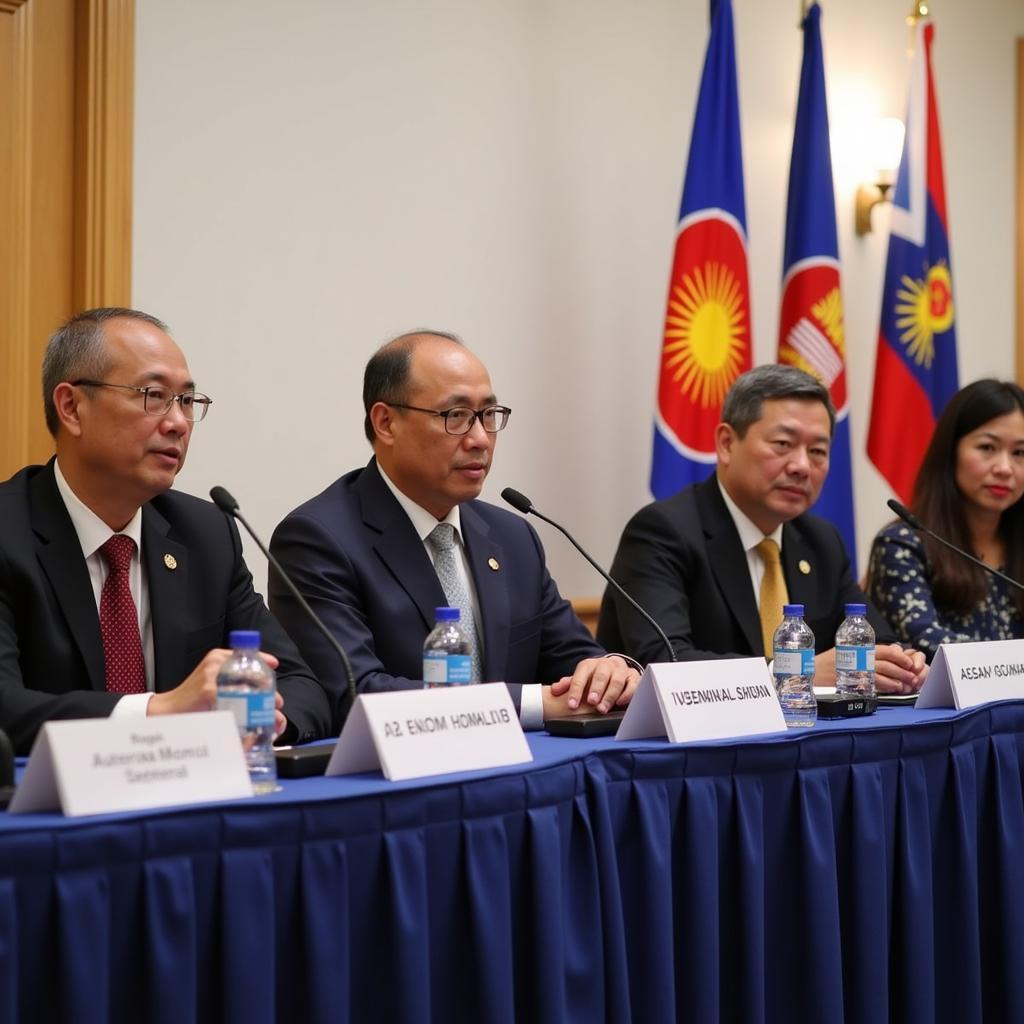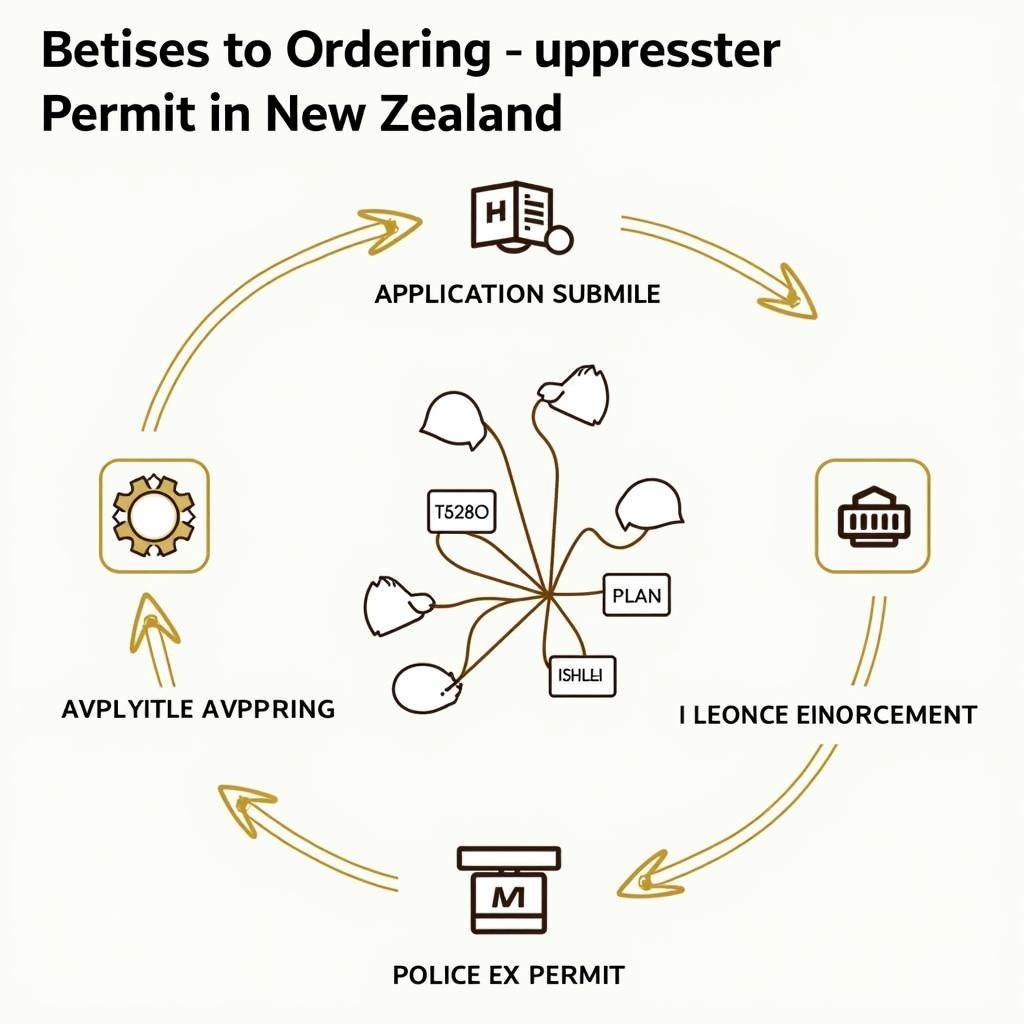The 51st ASEAN Foreign Ministers’ Meeting and related meetings marked a significant moment in regional diplomacy. These gatherings, pivotal for shaping Southeast Asia’s future, addressed crucial issues ranging from economic cooperation to security challenges and socio-cultural exchanges. This article delves into the key takeaways, outcomes, and the broader implications of these crucial diplomatic engagements.
Key Discussions and Outcomes of the 51st ASEAN Foreign Ministers’ Meeting
The 51st ASEAN Foreign Ministers’ Meeting (AMM) served as a platform for open dialogue and collaboration. Member states reaffirmed their commitment to ASEAN’s core principles, including centrality, unity, and consensus-based decision-making. The meeting also underscored the importance of strengthening ASEAN’s resilience in the face of evolving geopolitical dynamics. Several key agreements were reached, focusing on enhancing regional connectivity, promoting sustainable development, and fostering people-to-people exchanges. The ministers also addressed pressing regional security concerns, emphasizing the need for peaceful resolutions to disputes and upholding international law.
Economic Cooperation and Integration
Economic integration remained a central theme throughout the 51st ASEAN Foreign Ministers’ Meeting and related meetings. Member states discussed ways to deepen economic cooperation, facilitate trade, and attract foreign investment. They recognized the importance of leveraging the ASEAN Economic Community (AEC) Blueprint 2025 to create a dynamic and interconnected regional economy. The discussions also touched upon the need to address the digital divide and harness the potential of the digital economy to drive inclusive growth.
 ASEAN Foreign Ministers discussing economic cooperation during the 51st AMM
ASEAN Foreign Ministers discussing economic cooperation during the 51st AMM
Security Challenges and Regional Stability
The 51st AMM provided a crucial forum for addressing complex security challenges facing the region. The South China Sea issue, cybersecurity threats, and transnational crime were among the key concerns discussed. Member states reiterated their commitment to maintaining peace and stability in the region through dialogue and cooperation. They emphasized the importance of upholding international law, including the United Nations Convention on the Law of the Sea (UNCLOS), in resolving maritime disputes.
Socio-Cultural Exchanges and People-to-People Connectivity
Recognizing the importance of people-to-people connections in fostering a sense of community, the ministers also addressed the need for strengthening socio-cultural exchanges. Initiatives aimed at promoting educational cooperation, cultural understanding, and youth engagement were discussed. These efforts aim to build stronger bonds between ASEAN citizens and foster a shared ASEAN identity.
 ASEAN Foreign Ministers engaging in cultural exchange activities during the 51st AMM
ASEAN Foreign Ministers engaging in cultural exchange activities during the 51st AMM
The Significance of Related Meetings
Beyond the core AMM, a series of related meetings, including the ASEAN Regional Forum (ARF) and the East Asia Summit (EAS), further enriched the diplomatic discussions. These platforms allowed ASEAN to engage with its dialogue partners on a wide range of issues, from trade and investment to climate change and regional security architecture. These interactions reinforced ASEAN’s central role in shaping the regional agenda and fostering constructive dialogue.
ASEAN’s Role in a Changing Global Landscape
The 51st ASEAN Foreign Ministers’ Meeting and related meetings underscored ASEAN’s growing importance in a rapidly changing global landscape. As the region navigates complex geopolitical dynamics, ASEAN’s commitment to multilateralism and regional cooperation serves as a stabilizing force. The meetings highlighted the bloc’s capacity to address shared challenges and promote a rules-based international order.
 ASEAN Foreign Ministers addressing the global landscape during the 51st AMM
ASEAN Foreign Ministers addressing the global landscape during the 51st AMM
Conclusion: Charting a Path Forward for ASEAN
The 51st ASEAN Foreign Ministers’ Meeting and related meetings provided a valuable opportunity for member states and dialogue partners to address critical issues facing the region. The discussions and agreements reached during these gatherings will play a significant role in shaping ASEAN’s future trajectory. The 51st ASEAN Foreign Ministers’ Meeting solidified ASEAN’s commitment to cooperation, integration, and centrality in navigating the evolving regional and global landscape.
FAQ
- What is the ASEAN Foreign Ministers’ Meeting?
- How often is the AMM held?
- Who participates in the related meetings?
- What are the main objectives of ASEAN?
- How does the AMM contribute to regional stability?
- What is the significance of the 51st AMM?
- How can I find more information about ASEAN?
Common Scenarios and Questions
-
Scenario: A researcher is looking for the official documents of the 51st AMM.
-
Question: Where can I access the official statements and joint communiques from the 51st ASEAN Foreign Ministers’ Meeting?
-
Scenario: A journalist is writing an article about the South China Sea issue discussed during the AMM.
-
Question: What were the key points raised by ASEAN member states regarding the South China Sea dispute?
Further Exploration
For more insights, explore related articles on our website about ASEAN’s economic integration, security cooperation, and socio-cultural initiatives.
Need assistance? Contact us 24/7: Phone: 0369020373, Email: [email protected], or visit us at: Thon Ngoc Lien, Hiep Hoa, Bac Giang, Vietnam.

